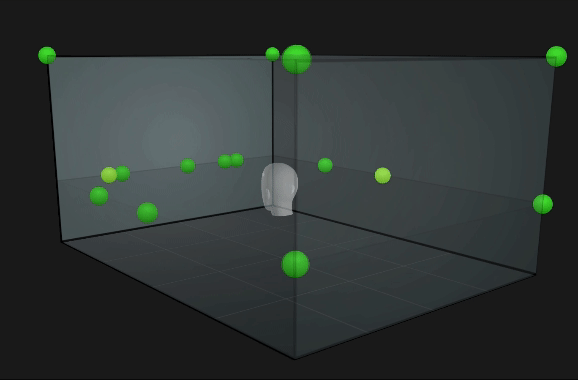From Stereo to Immersive: A case study in modern orchestral recording
Making immersive recordings is not simple. The largest hurdle in realizing an immersive recording of any ensemble is the value proposition. When budgets are narrow, and at a time when the proliferation of immersive music is still in its relative infancy, the ask usually just boils down to stereo - because it works. Everyone has two speakers or headphones.
The next largest hurdle is time. Working with large music ensembles one can see first-hand how every second counts. So when the recording engineer’s technical equipment becomes more complex, as it tends to do in order to capture immersive formats, there’s little room for error and time is not a luxury.
In December 2023, working with the Jackson Heights Orchestra in Queens, NY, my goal was to capture the holiday concert and use minimal microphones to produce an immersive recording. That dream was downgraded to simply providing a high-quality stereo recording in the pre-production stage while examining the space and the physical layout of the ensemble in the cross-shaped sanctuary of St. Mark’s church. The relatively large ensemble spread from the altar down through the transept, with the harpist and first violins spreading to the very wings of the room. Add to that a completely standing-room-only attendance in the nave with no means of hanging microphones from the 40-plus-foot ceilings and an immersive recording seemed out of reach.
March 2024 was the next performance but still the solution wasn’t yet clear. So that too was recorded in stereo. But two months later, by the May performance, I had invested in additional microphones, stands, cables, etc. and a solid plan.
My portable audio recorder would be replaced with my studio interfaces in a rack case to allow for the additional mics, four channel 100’ ethercon cables and breakout boxes would replace the extra-long XLR cables, allowing a second mic tree in the nave (the audience would have to accept), and, this being the third time, I was confident in managing the whole process by myself.
The night of the performance everything was in place by the first note. Still a daunting job for one person, it was a successful farewell performance and recording in the St. Mark’s space as the orchestra moves into a more amenable venue in the fall.
Here are examples of these performances in a side-by-side comparison, stereo and binaural. Please wear headphones to hear the difference.
To hear the full concert in binaural sound, or to download the Atmos files to listen to on your computer, visit this page.
I like to use a visual analogy: the stereo is like looking at a picture on the wall. The immersive version is like being transported to the room in the picture. Everything feels wider and more expansive. But the real magic takes affect when you add head tracking - that’s gives you the ability to “look” around the room. We’ll explore that facet in the next article.
For now, enjoy the sound,
Peter




